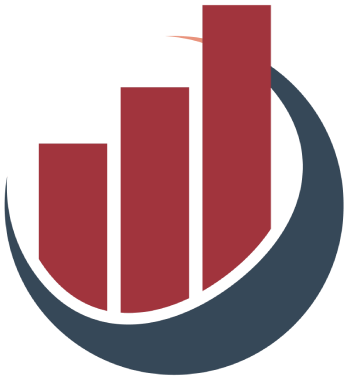In tackling the challenges of running an efficient business, it’s almost instinctive for leaders to search for a grand, all-encompassing solution—a proverbial silver bullet. While such solutions seem enticing, the reality is that efficiency doesn’t stem from one drastic change but rather from a series of smaller, incremental adjustments. Creating a productive business environment is akin to shifting a massive ship; it takes multiple coordinated efforts and adjustments to bring about transformative change.
It is crucial to acknowledge that strong efficiency hinges on establishing processes that can be repeated consistently. According to business strategist Michael Gerber, the true essence of operating a successful business doesn’t lie in what you do but how consistently you do it. This insight underscores the importance of constructing a framework where best practices are documented and easily accessible. Such frameworks may include comprehensive employee manuals, but they can and should expand into automation tools that standardize workflows, leading to improved consistency and reduced errors.
The Power of Short Accountability Meetings
Another tactical strategy borrowed from the tech world that can be a game-changer across various industries is the implementation of brief daily stand-up meetings. These meetings, typically lasting 10–15 minutes, serve to provide accountability and clarity on individual goals. Their brevity forces participants to remain focused and ensures that meetings do not morph into unproductive marathon sessions. The essence of this approach is not confined to software development; implementing such a practice in any workplace can lead to an environment where employees feel more invested in their roles, ultimately enhancing efficiency and productivity.
Moreover, these short, structured meetings push employees to prepare and own their tasks. Knowing that they’ll share their progress in a communal setting cultivates a sense of responsibility, nurturing a culture where everyone is motivated to excel in their duties.
Creating a Distraction-Free Environment
In any workplace, distractions can prove detrimental to efficiency. When employees are routinely bombarded by emails, chat notifications, and impromptu meetings, their ability to focus takes a significant hit. Studies suggest that it can take an average of 23 minutes to regain full concentration after an interruption, meaning that each distraction causes a cascading effect on productivity.
To combat these interruptions, leaders must take proactive steps to create an environment conducive to focused work. One effective strategy could include implementing “do not disturb” signals, like colored light systems, or scheduling specific times for meetings instead of fostering an open-door policy that encourages spontaneous disruptions. By designating uninterrupted work periods, businesses can empower employees to immerse themselves fully in their endeavors, optimizing their output.
The Reality of Multi-Tasking Fallacies
The folklore surrounding multitasking persists strongly, particularly in the modern work culture that glorifies the ability to juggle various tasks simultaneously. However, the reality is that most individuals are not adept at multitasking. Research and behavioral studies heavily lean towards the conclusion that focusing on one task at a time is far more efficient.
The words of Charles Emerson Winchester III from the iconic television show M.A.S.H. resonate here: “I do one thing at a time, I do it very well, and then I move on to the next.” This mantra is sound advice in the business world as well. Encouraging employees to concentrate on one task fosters a precision-driven approach, leading to an overall increase in the quality and efficiency of work produced.
Recognizing the Dangers of Burnout
In an effort to maximize productivity, many organizations unknowingly promote a culture of overwork, subjecting employees to long hours that ultimately stifle creativity and efficiency. The truth of the matter is that tapping into human potential shouldn’t mean grinding staff into the ground. Extended hours not only spawn mental fatigue but can also lead to an array of health issues and decreased job satisfaction.
Employers must prioritize their workers’ well-being by respecting boundaries and promoting a balanced approach to work. Designating time for creative thinking—free from regular interruptions—can be just as vital to a business’s success as the day-to-day operational tasks. Business turnaround expert Dick Cross emphasizes the necessity for leaders to carve out time for strategic thinking. Investing in this introspective practice often garners significant benefits in terms of innovation and forward momentum.
By recognizing the importance of focusing on wellness and balance, businesses can avoid the pitfalls that accompany an overworked environment, ultimately enhancing both employee morale and overall efficiency.


Leave a Reply